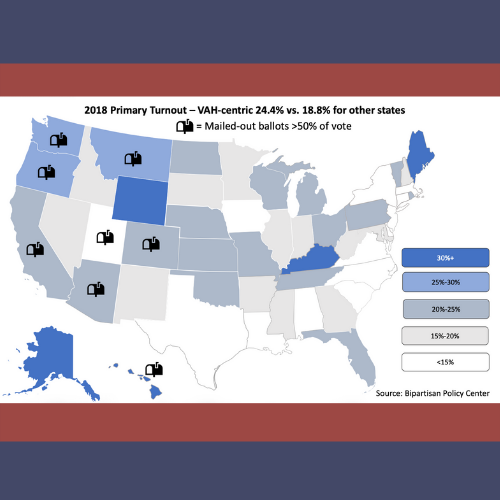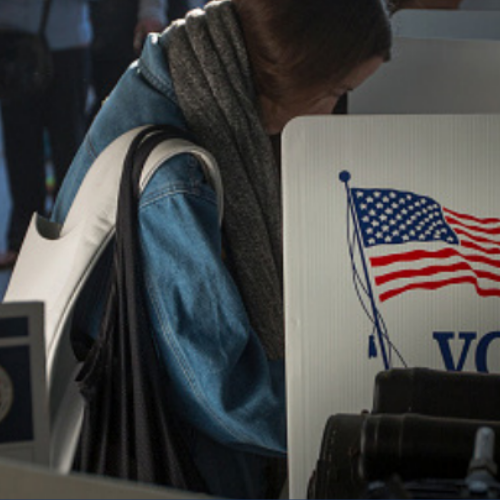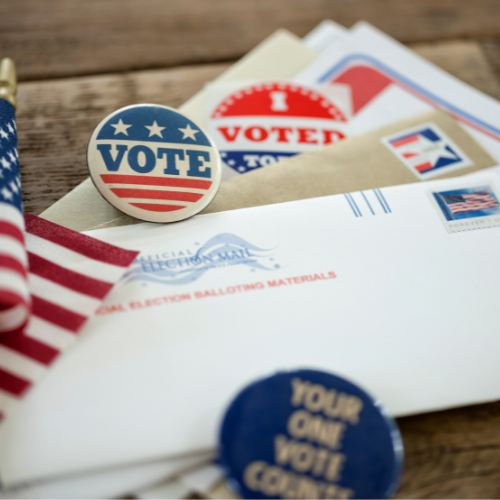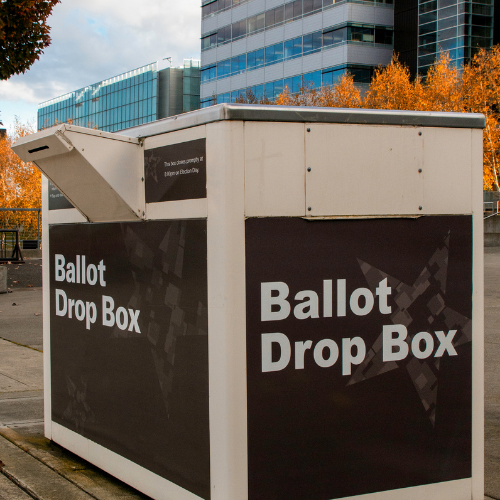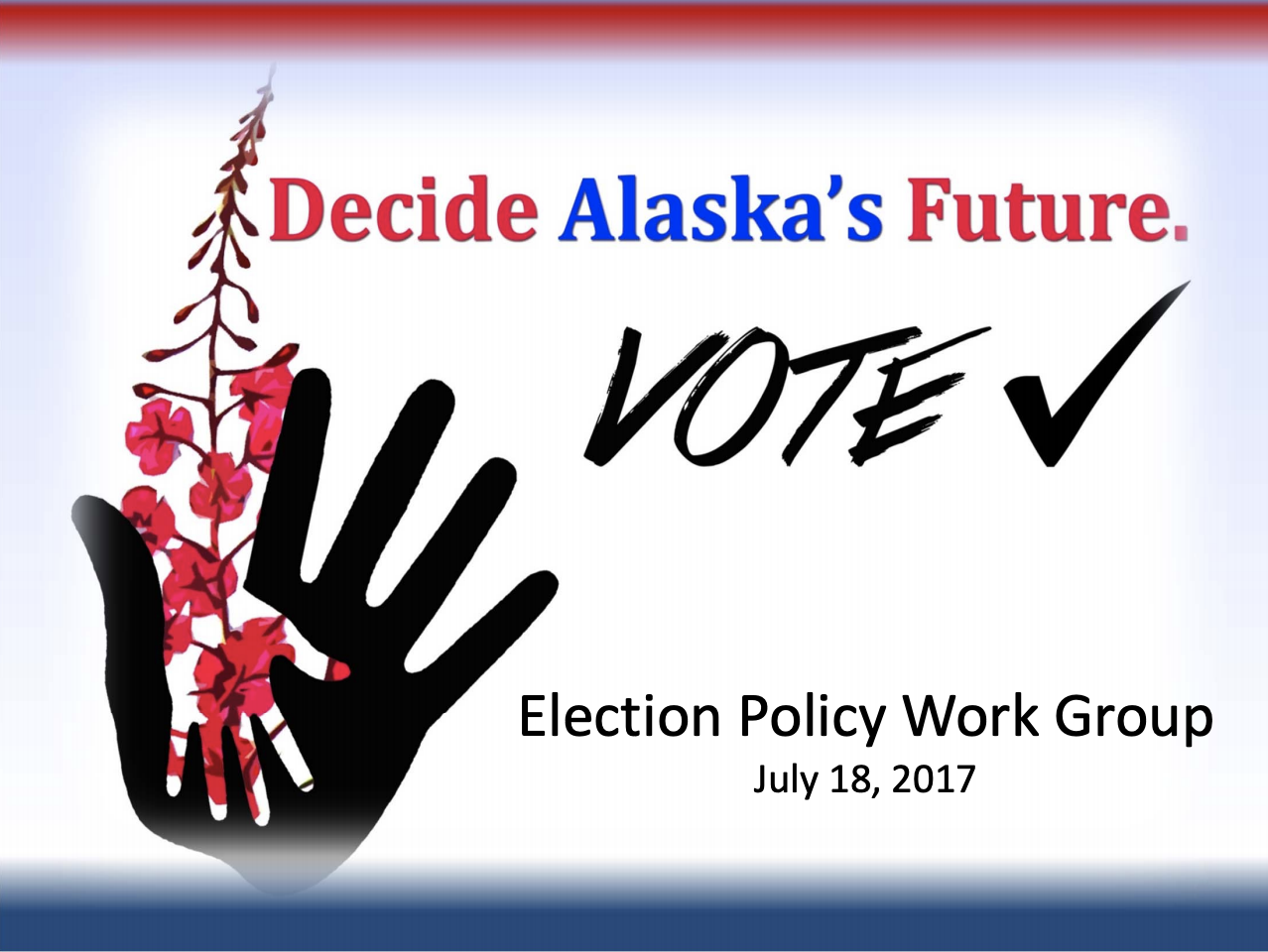Catalist and NVAHI have discussed the 2018 absentee and early vote totals and the impact of age. Below, we present the absentee and early vote (AVEV) distribution within the AVEV states in 2018, by age. The AVEV vote does not necessarily represent the general election electorate in each state – states vary in their adoption, and the regulations governing who can legally vote early or absentee – but in many states the AVEV vote represents a significant portion of the total 2018 vote.
2018 Primary Election Turnout
This graph displays turnout by state in the 2018 primaries, in map form. Data from the Bipartisan Policy Center
Center for American Progress: Increasing Voter Participation in America
This report on methods to increase voter participation cites universal vote by mail, no-excuse mail voting, and vote centers as solutions.
How Electoral Institutions Affect Political Accountability
This research finds that expansion of vote at home systems increases turnout and reduces ballot roll-off.
Abstract: “A central question in the study of democratic governance concerns the conditions under which voters make informed choices at the ballot box. I exploit the staggered implementation of an electoral reform in a U.S. state to study the effects of electoral institutions on voter information and political accountability. I find that [vote at home] elections cause an increase in turnout in municipal elections and a decrease in ballot roll-off on statewide ballot measures in presidential election years in some counties, which is largely consistent with my argument that voters gather more information about politics when voting by mail. Further, there is strong evidence that vote-by-mail results in a decrease in taxing and spending in municipalities. The institution has less conclusive effects on municipal accountability audit outcomes. Using data from the Catalist voter file I show that these results cannot be explained by changes in the composition of the electorate caused by vote-by-mail.”
Mail Ballot Return Choices
This purpose of this report is to share research done by the National Vote at Home Institute (NVAHI) during the summer of 2018 into how true “Vote at Home” (VAH) jurisdictions operate when it comes to managing and driving voter behavior across the three major ballot return methodologies.
Evidence for the Positive Turnout Effects of Mail Voting in Participating Utah Counties
In the 2016 general election, 21 counties in Utah administered voting entirely by mail, while eight counties administered traditional polling place-based voting. Using vote propensity scores to control for voters’ pre-existing differences in likelihood to vote, we show that the advent of vote-by-mail increased turnout by 5-7 points. Low-propensity voters, including young voters, showed the greatest increase in turnout in vote-by-mail counties relative to their counterparts in non-vote-by-mail counties. We find similar results by zooming in on specific geographic areas within Utah where vote-by-mail counties are bordered by non-vote-by-mail counties, with magnitudes of 4-9 points of increased turnout. In one mountaintop community that happened to be bisected by a county line, the increase in turnout due to vote-by-mail may have been as high as 12.5 points.
Mail Voting Reduces Ballot Roll-Off: Evidence from Washington State
This research examines the effects of vote-by-mail policies on ballot roll-off, or down-ballot voting. In examining data from Washington state, a state that first introduced no-excuse mail voting in the 1970s and gradually implemented vote-by-mail statewide, it appears voters who are given more time to study the candidates and issues are more knowledgeable and therefore have greater ballot completion rates (e.g. less ballot roll-off).
Survey of State Cost Savings
Alaska’s Election Policy Work Group compiled research regarding five star vote-by-mail systems, including a survey of cost savings across a number of states
Investing 85 Cents per Voter to Increase Voter Turnout by 4 Percent
In this paper that examines the effects of prepaid postage on voter turnout in the Swiss Canton of Berne, researchers find that prepaid postage is associated with a statistically significant 1.8 percentage point increase in voter turnout. Overall, this amounts to 4 percent more voters participating.
King County Pilots Prepaid Postage in Special Election
During 2017 special elections in the City of Maple Valley and Shoreline School District, King County Elections (Washington state) piloted prepaid postage. While the county estimated 30% turnout based on participation in previous elections, turnout was significantly higher, at 37% and 40%.


